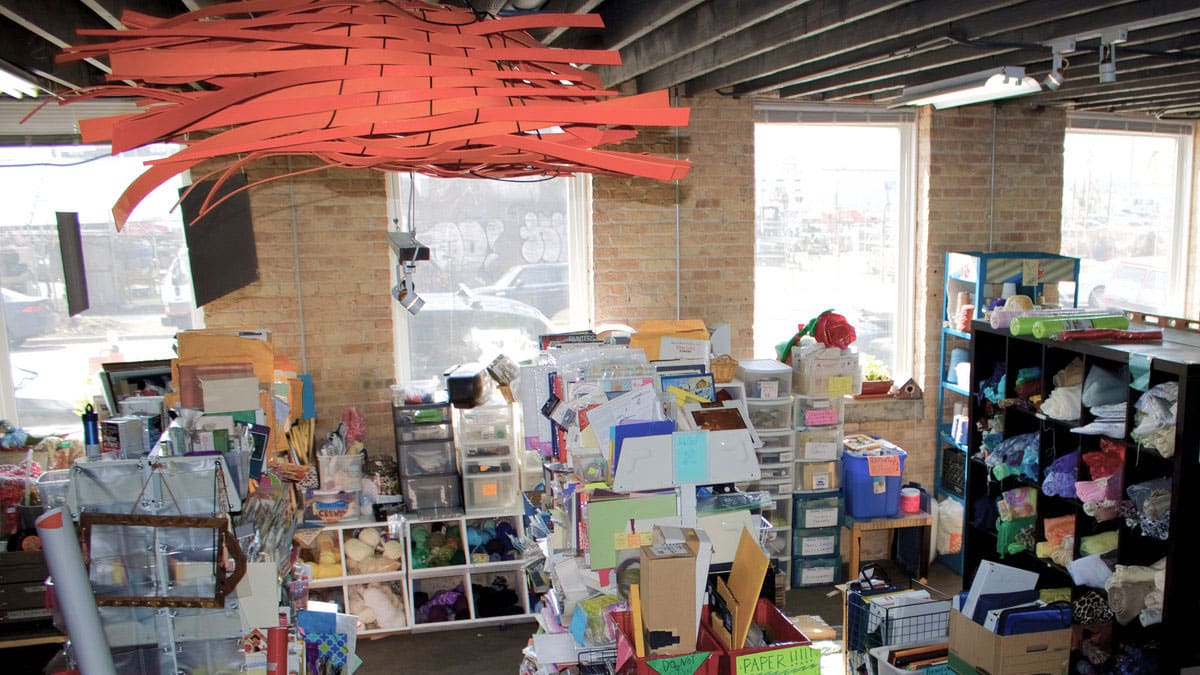What is the difference between creative reuse and recycling?

Image credit: https://www.lakemac.com.au/
There’s a lot of confusion about the difference between creative reuse and recycling. On the surface, they may seem like the same thing and are both promoted extensively as part of the Reduce Reuse Recycle initiative. But there are some key distinctions that set them apart. Let’s take a closer look at each one.
What is Creative Reuse?
Creative reuse is the practice of using something in a way that it was not originally intended to be used. Sometimes referred to as ‘upcycling’, it is often motivated by a desire to reduce waste, but it can also be a way to express creativity or solve a problem. For example, an old window might be repurposed as a picture frame, or a pair of jeans could be turned into a purse. The possibilities are endless, and the only limit is one’s imagination.
In addition to being environmentally friendly, creative reuse can also be economical. By finding new uses for old items, we can save money and resources that would otherwise be spent on new products. Next time you’re about to throw something away, take a moment to consider whether it could be put to good use in a different way. You may be surprised at what you come up with.
What is Recycling?
Recycling is the process of breaking down materials into their original components so that they can be reused. This process can be done either manually or mechanically, and it often uses less energy than producing new materials from scratch.
Recycling helps to conserve resources and reduce pollution. Most recycling programs focus on paper, glass, metals, and plastics, as these are some of the most common materials that are thrown away. However, many other materials can also be recycled, including electronics, textiles, and construction waste.
By recycling as much as possible, we can help to protect the environment and reduce our reliance on virgin resources.
Creative reuse is often more environmentally friendly than recycling
One way to be more environmentally friendly is to practice creative reuse. This means finding new ways to use items that would otherwise be thrown away. For example, an old t-shirt can be cut up and made into a rag for cleaning; an empty coffee can be used as a planter, and a Mason jar can be turned into a drinking glass.
The benefits of creative reuse are twofold. First, it reduces the amount of waste that goes into landfills or is incinerated. Second, it reduces the demand for new products, which require less energy and resources to produce. As a result, creative reuse is often more environmentally friendly than recycling.
Recycling can sometimes create pollution and use up valuable resources
While recycling is often billed as a panacea for environmental ills, it is important to understand the potential downsides of this practice. First and foremost, recycling can sometimes create pollution. For example, the process of sorting and cleaning recyclable materials can release harmful chemicals into the air.
Recycling can require significant amounts of water and energy, which can put a strain on valuable resources. It is important to remember that not all materials can be effectively recycled. Glass, for instance, can only be recycled a limited number of times before it becomes too damaged to be reused. As such, it is essential to weigh the pros and cons of recycling before making the decision to recycle.
Creative reuse can help you save money and reduce your carbon footprint
Every day, we are bombarded with advertisements telling us to buy the latest and greatest products. However, many of these items are designed to be used for a short period of time and then discarded. Not only does this lead to mountains of waste, but it also takes a toll on our finances.
A more sustainable option is to practice creative reuse, which involves repurposing items instead of simply throwing them away. For example, an empty coffee can be used as a planter, an old T-shirt can be turned into a dust cloth, and egg cartons can be used as seed starters. Not only does this help to reduce your carbon footprint, but it can also save you money in the long run.
Next time you’re about to discard something, take a moment to think about whether it could be reused instead.
Creative reuse is a great way to save money and reduce your carbon footprint. It is also often more environmentally friendly than recycling. If you are looking for ways to be more green, consider creative reuse the next time you need to get rid of something.


